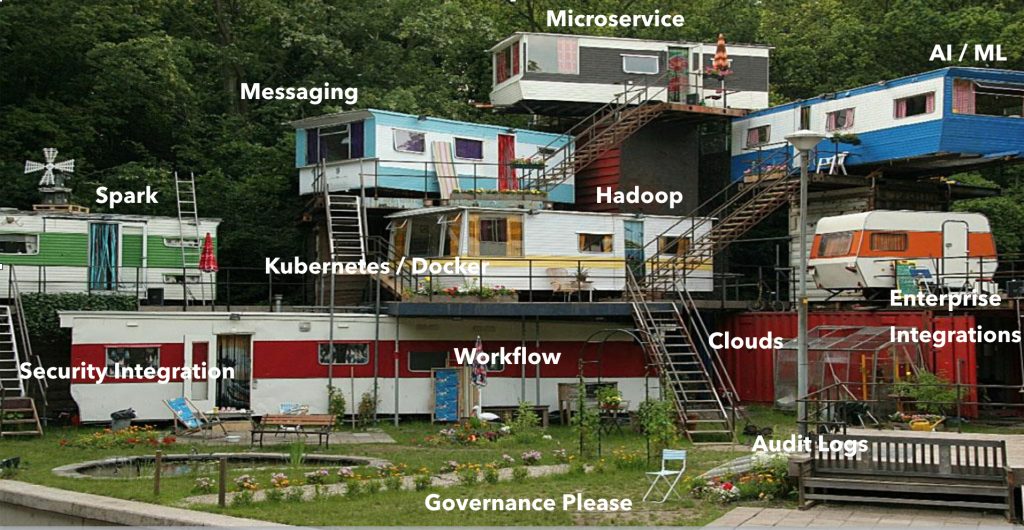Top IoT Companies to Watch & Invest In
Mobile chip giant Qualcomm is doubling down on the IoT with its newlyannouncedVision Intelligence Platform. The platform is purpose-built for IoT devices based off of two new system-on-chips (SoCs).
Through this exclusive study and in-depth research into the field,Business Insider Intelligence(Business Insiders premium research service) details the components that make up theIoT ecosystem. We size the IoT market and use exclusive data to identify key trends in device installations and investment. And we profile the enterprise and consumer IoT segments individually, drilling down into the drivers and characteristics that are shaping each market.
* Copyright © 2018 Insider Inc. All rights reserved. Registration on or use of this site constitutes acceptance of our
We forecast that there will be nearly $15 trillion in aggregate IoT investment between 2017 and 2025, with survey data showing that companies plans to invest in IoT solutions are accelerating.
Provides a primer on the basics of the IoT ecosystem.
The chips, known as QCS605 and QCS603, are built off a core ARM processor architecture, and come with the companys AI engine and image signal processor built in. In addition, the platform includes Qualcomms advanced camera processing, machine learning (ML), and computer vision software development kits (SDKs). The San Diego-based company is sampling both SoCs to select companies already, and says its customers will likely release products based off of the platform sometime later this quarter.
Highlights drivers and challenges facing companies that are implementing IoT solutions.
A vertical stack of three evenly spaced horizontal lines.
The report highlights the opinions and experiences of IoT decision-makers on topics that include: drivers for adoption; major challenges and pain points; deployment and maturity of IoT implementations; investment in and utilization of devices; the decision-making process; and forward- looking plans.
Looks at who is and is not adopting the IoT, and why.
This story was delivered to BI IntelligenceIoT Briefingsubscribers hours before it appeared on Business Insider. To be the first to know, pleaseclick here.
Qualcomms moves within the IoT show its unwilling to cede ground to rival semiconductor companies in the fierce battle for the next generation of computing. Although it was a later entrant to the IoT than Intel and has slightly different aims in the space than the PC computing giant, Qualcomm nonetheless likely wants to catch up and replicate Intels success in the space the PC computing giantearned$879 million in IoT revenue last quarter alone.
Nvidia, meanwhile, continues to reveal new processors designed for the type of embedded processing done in low-power sensors and smart meters to supplement its core graphics processing unit (GPU) business that also serves a number of IoT use cases. While each companys processors have slightly different features and capabilities, they will be coming into direct competition with each other in the coming years, and Qualcomm is clearly looking to maximize its footprint in the IoT as this occurs.
We project that there will be more than 55 billion IoT devices by 2025, up from about 9 billion in 2017.
Here are some key takeaways from the report:
Qualcomm doubles down on the IoT with new Vision Intelligence platform
Offers forecasts for the IoT moving forward, and highlights areas of interest in the coming years.
How the IoT Will Affect Security & Privacy
The platform is designed for IoT devices that need a lot of processing power, such as smart security cameras or robotics. The platform could also power IoT devices in remote locations where network latency makes cloud-based processing challenging if not impossible. This could include security cameras placed on a cruise ship, or automated machinery in an oil refinery. Interestingly, this follows Qualcomms release of Wireless Edge Services a set of chips and software services for edge computing settings within the IoT and shows the company wants to give customers as much flexibility as possible to process and analyze data locally.
